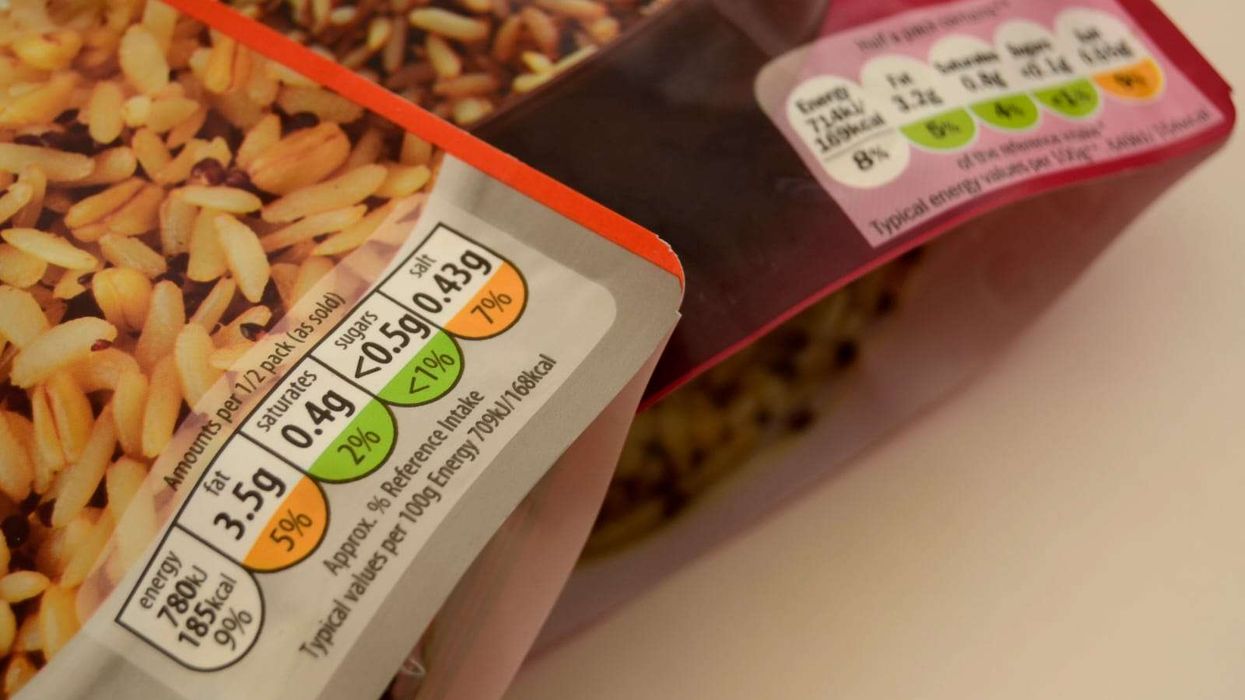by ASJAD NAZIR
SHE has done great work in film and television, but British actress Manjinder Virk is perhaps at her best on stage and is showing just why with a lead role in the play A Kind Of People at Royal Court Theatre in London.
The new play from acclaimed writer Gurpreet Kaur Bhatti is set in a contemporary British community and asks how it’s possible to get on when the odds are stacked against you.
Manjinder is also part of BAFTA Elevate, which aims to launch the careers of actors to the next level in 2020.
Eastern Eye caught up with Manjinder Virk to talk theatre, acting and her new play.
How do you feel about being on stage with this play?
A Kind Of People resonated deeply with me. With this play, the audience can be vocal and connect in every way. They can’t help being involved, so it’s powerful to feel the audience being taken on a journey. Every performance is different and that’s a thrilling feeling.
Tell us about the play?
A Kind Of People is about a group of friends who end up together one night and unexpectedly the boss of two of the friends turns up and makes comments that are inappropriate, possibly racist. One event basically spirals out of control, which cracks the foundation of these friendships, and, in particular, the central relationship between Nikky and Gary, a mixed race couple.
Tell us about your character?
I play Anjum, a strong Muslim woman married to Mo. She is Nikky’s friend and wants the best for her son. She believes education is the only way he stands a chance of finding a voice in the UK. Her love for her kid overrides everything, but she’s scared for his future and doesn’t want him to experience things she has had to – such as Islamophobia. Her marriage to Mo is also under strain because of the pressure the couple have put on themselves and their son.
What is the biggest challenge of playing this role?
I relate to Anjum on many levels – as a wife, a mother who wants the best for her children and as a woman of colour, who has experienced racism, but there are also experiences that differ from mine. The challenge is to keep discovering things about her, in her interactions with people and those we see her with. I wear a hijab throughout the play and wore it during the rehearsals too.
Tell us more…
I spoke to a lot of women who choose to wear one and had to find her reason and base that in truth. I read a great book called It’s Not About The Burqa, which is a fantastic collection of essays from different Muslim women. Even though the hijab is part of Anjum and the first thing people see, it is not the definition of her.
Who are you hoping this piece connects to?
Everyone. I genuinely think there are characters that different people will connect with in the play depending on what they’re talking about – no one is made up of one set of views, we are all complex with sometimes contradicting views. I would like as many people from as many different backgrounds to come and then debate in the bar. Ultimately, we need to tell stories that find ways of understanding our differences and how we can find ways to unify – plays are a way of putting stories, sometimes unheard, out there.
Why do you like Gurpreet Kaur Bhatti as a writer?
I have always admired Gurpreet’s writing. She writes characters effortlessly and has a way of tackling subjects head on without censoring herself. This play has so much in it that people dare not say in real life, but she has dared to say and write it, which leaves people with questions, sometimes uncomfortable, about the way we, as a society, are becoming or maybe always have been. Gurpreet has written a timely piece about the time we are in.
What is the secret of a good stage performance?
I am lucky I get to see it in my cast every night. The cast of this show are so committed and give everything to each show. I think a good stage performance is partly to do with good stage chemistry with your cast. They’re all amazing.
Manjinder is appearing in A Kind Of People at the Royal Court Theatre in London until January 18. www.royalcourttheatre.com











